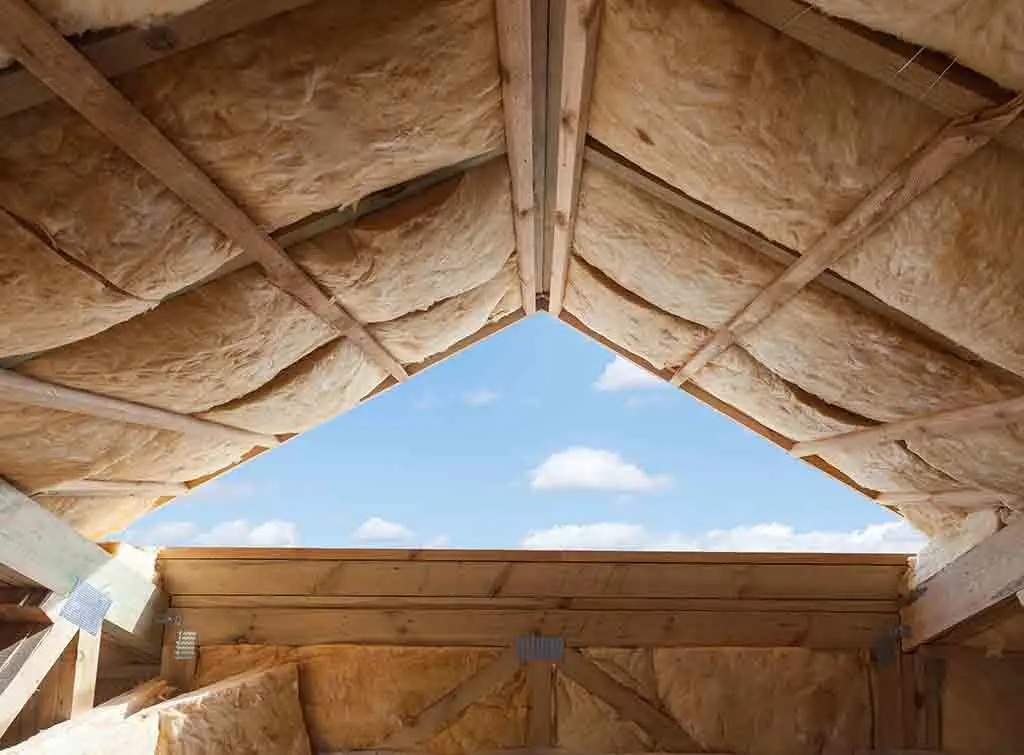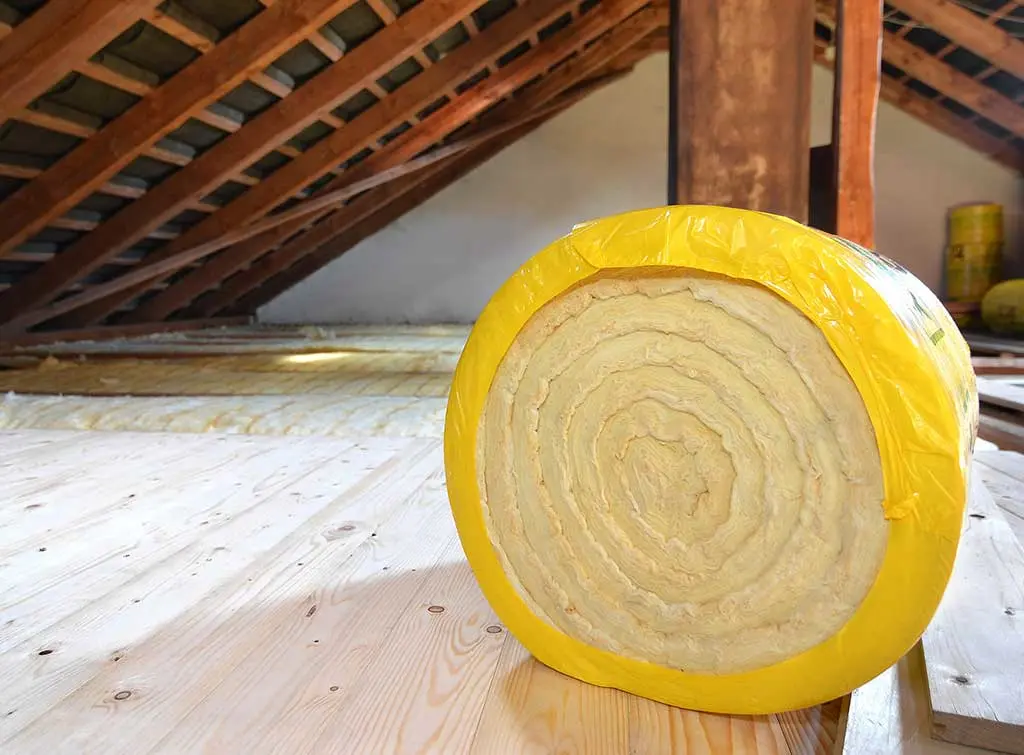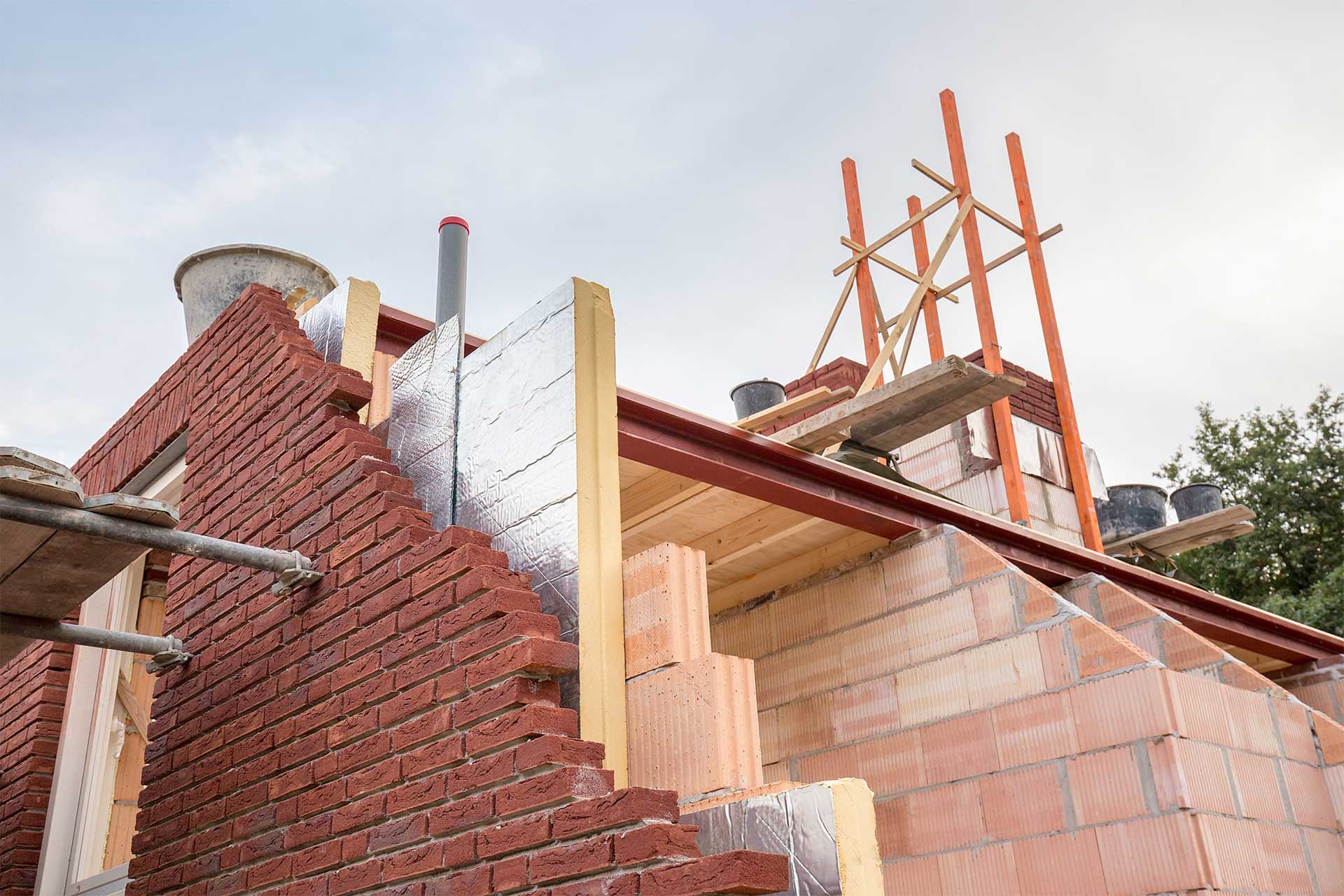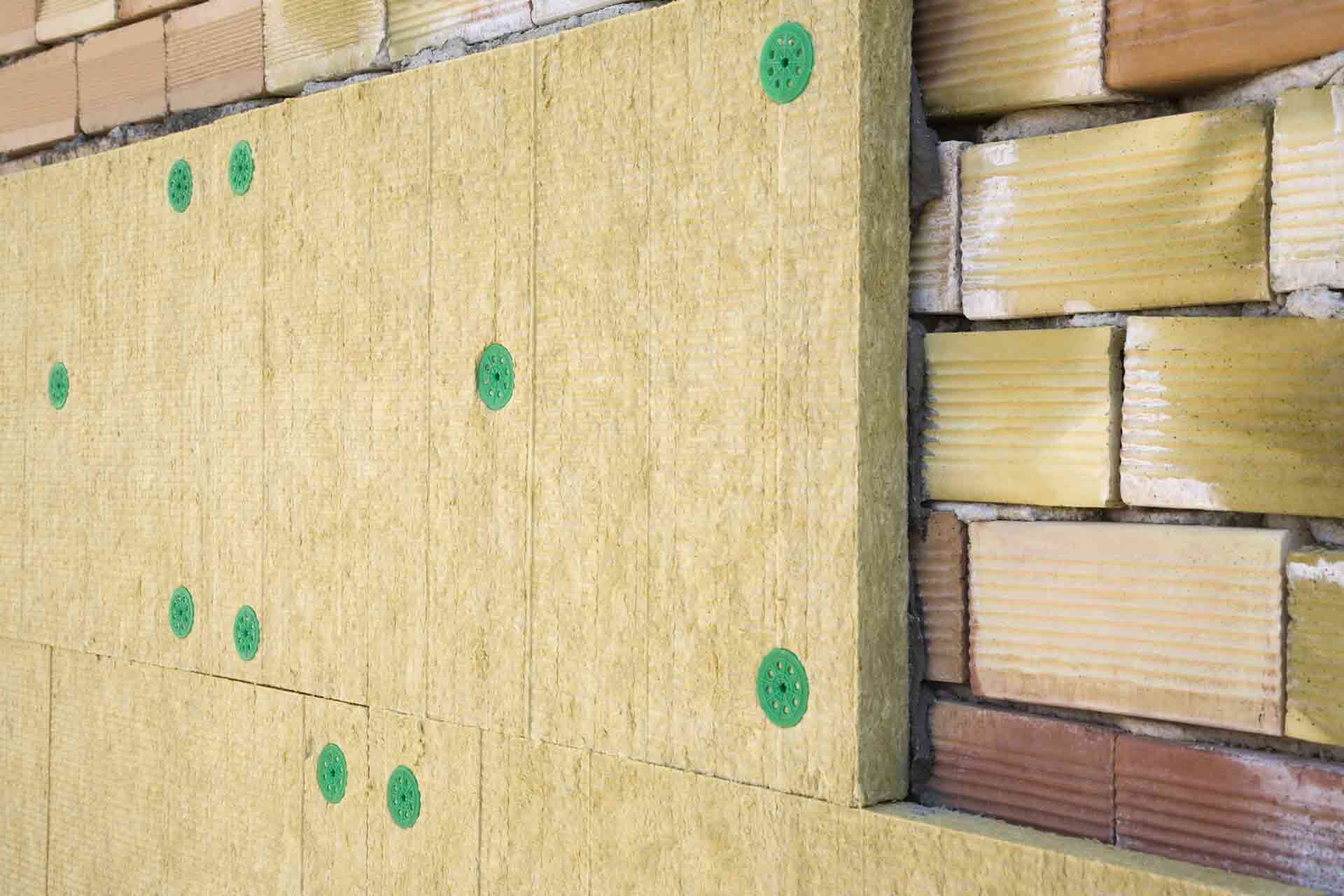Blog>Expert Advice>Everything you need to know about eco-friendly insulation
Last updated: 4 July 2025
Everything you need to know about eco-friendly insulation
Learn all about eco-friendly insulation with our handy guide. From reasons to choose green insulation, to different options and their key benefits.

Insulation is a key building component that keeps our homes energy efficient and saves on fuel bills. However, with conventional insulation packed with adhesives and chemicals, many homeowners are now switching to eco-friendly insulation instead.
Here, we share everything you need to know about going green with your insulation. There are also tips on finding checked insulation installers covering your local area.
Why choose eco-friendly insulation?
Advancements in eco-friendly insulation (also known as green or sustainable insulation) have come on leaps and bounds. Nowadays, there are many options to choose from.
Benefits of choosing eco-friendly insulation include:
Cost savings – Increasing the energy efficiency of your home means a reduction in your energy bills
Keeps your home warmer – According to the Energy Saving Trust, 33% of heat is lost through uninsulated walls
Kind to the planet – Some types of standard insulation may take up to ten times the energy to produce than green options. Eco-friendly insulation only requires small amounts of energy to produce and is also recyclable
Safety – Green insulation doesn’t contain chemical fire retardants and other additives, meaning you'll be improving your air quality
Increase the value of your home – A well-insulated home is attractive for home buyers keen to reap the benefits of an insulated home without the cost or upheaval of fitting insulation retrospectively
Eco-friendly insulation options for UK homes
There are many types of green insulation on the market today, and each material has its own benefits. That's why picking the right option for your home requires a little research.
Let's run through the most popular eco-friendly options, along with some pros and cons:
1. Recycled cellulose insulation
Qualities – Made from recycled newspaper and other plant-based fibres. Its loose-fill or blown-in application makes it ideal for lofts and cavity walls
Pros – Very affordable, fireproof and offers great heat insulation
Cons – Susceptible to moisture damage if not properly installed. Also, the manufacturing process uses more energy to make it fire-resistant, so it might not be as 'green' as some of the other options
Cost– Prices for recycled cellulose insulation (100mm thick) start at £12 per square metre
2. Sheep wool insulation
Qualities – 100% natural and biodegradable. It's often used for insulating solid walls and timber-frame homes
Pros – Resistant to mould and fire and very insulating
Cons – More expensive than some synthetic options and can attract moths if not properly installed and treated
Cost– Prices for sheep wool insulation (100mm thick) start at £12.50 per square metre
3. Cork insulation
Qualities – Harvested from the bark of cork oak trees, this is one of the most sustainable options. It comes in boards or rolls, so it offers flexibility when installing
Pros – Great at reducing noise pollution, damp-proof, lightweight and long-lasting
Cons – More pricey and harder to come by than other eco-friendly options. It's also prone to crumbling if installed incorrectly
Cost– Prices for cork insulation (100mm thick) start at £60 per square metre
5. Wood fibre insulation
Qualities – Made from wood chips and sawdust, it's available in boards or flexible batts
Pros – Excellent soundproofing qualities, breathability reduces the risk of damp and mould
Cons – It is heavier than other eco-friendly insulation options, so might not be suitable for all homes
Cost– Prices for wood fibre insulation (100mm thick) start at £33 per square metre
6. Glass wool (aka fibreglass or blanket) insulation
Qualities – Manufactured with recycled glass
Pros – Cost-effective and non-flammable. It's possible to install yourself, though you'll need to invest in professional protective gear as fibreglass can irritate your skin or lungs if inhaled
Cons – The making of fibreglass is an energy-intensive process
Cost– Prices for glass wool blanket insulation (100mm thick) start at £22 per square metre
Other green insulation types include eco-friendly spray foam made from non-toxic, renewable liquid (not to be confused with the 70s version, which is prone to ventilation issues and dampness), hemp, and denim.
If in doubt, a checked insulation installer can guide you on the most suitable option for your home.
See the tradespeople we've checked and recommend for your job
What type of eco-insulation is right for your home?
1. What's the insulation for?
Insulation options include everything from walls and floors to roofs and lofts. Let's look at some of the most common insulation jobs:
Lofts – You'll want something lightweight and flexible, like sheep wool or glass wool
Walls – Wood fibre insulation might be the most suitable option. Supplied in large sheets, it's heavy-duty and will provide a neat finish
2. What wall type do you have?
Whether your home has solid walls (most common in pre-1920s homes) or cavity walls will significantly impact the type of eco-friendly insulation you choose:
Solid walls – Generally speaking, sheep wool insulation is considered the optimal choice for solid walls
Cavity walls – Recycled cellulose is a great option for filling cavity walls due to its flexibility. Loose-fill or blown-in applications are both possible with cellulose insulation
3. What qualities are most important?
Is your home currently plagued by dampness and mould? Or is your chief concern energy efficiency? Shop around and choose the right green insulation to match your home's needs:
Dampness and mould – Breathability is an important quality to look for to help regulate humidity levels and prevent condensation. Wood fibre and sheep wool are both good options
Thermal performance – Look into sheep wool or recycled cellulose, which both retain heat very well
Sound insulation – Cork insulation can help minimise noise disruption alongside retaining that vital heat
4. What's your budget?
As explored briefly above, the cost of eco-friendly insulation can vary hugely:
Most expensive – Expanded cork board insulation is the most expensive at £60 per square metre
Cheapest – Loose-fill cellulose insulation comes in the cheapest costing £12 per square metre and can be installed yourself. However, if you're not a confident DIY-er, we always recommend getting a checked tradesperson to do the job
To help you budget confidently, next we look at some approximate costs.

How much does insulation cost to be installed?
Upgrading your home’s insulation is a worthwhile investment that will save you money and help the environment.
Getting some ballpark figures is handy before contacting a tradesperson to install new eco-friendly insulation. Some approximate costs for insulation in the home include:
Cavity wall insulation
Cost: The average cavity wall insulation cost is between £950- £4,600 (depending on the size of your property)
Solid wall insulation
Cost: On average, external wall insulation costs between £6,000 - £25,000 (depending on the size of the property)
Loft installation
Cost: Loft insulation starts in the region of £725 for basic quilt installation.
However, it's important to note these are approximate costs, and how much you pay for your insulation upgrade will depend on various factors. That's up next.
See the tradespeople we've checked and recommend for your job
Factors affecting the cost of your eco-friendly insulation
How much you'll pay for eco-friendly insulation will depend on numerous factors, including:
Where the insulation is being fitted in your home
The type of insulation you choose
If you need to remove existing insulation
How large your home is
Where you are in the UK
For more context, our cavity wall insulation cost guide and our loft insulation cost guide both have average figures you can expect to pay.
Are the costs mounting up more than you hoped? Before scrapping your insulation plans entirely, it's worth checking if you're eligible for some of the government grants below.
Grants and funding for eco-friendly insulation
You may be eligible to apply for grants depending on where you live in the country and your home circumstances.
The good news is various certified installers, local authorities, energy companies, and other bodies can help with the cost of your external wall insulation — as long as you know where to look.
Here are some current schemes to check out:
ECO4 (Energy Company Obligation) scheme – Lasting until 2026, this grant has the potential to shave 25% off your quote for external wall insulation
The Great British Insulation Scheme – Scheduled to run until 2026, it provides free or cheaper insulation to help households reduce their energy bills
The Warm Home Local Grant – Providing funding for local authorities to deliver energy performance and low-carbon heating upgrades to low-income homes in England. Applications opened in April 2025
0% VAT – While not a grant, the UK government offers 0% VAT on installing eligible energy-saving home upgrades until March 2027
Our green grants guide has the most up-to-date information about the schemes available, including eligibility criteria and how to apply.
A certified insulation installer will also be able to help guide you on the current grants available and whether you might be eligible. Keep reading to find insulation installers covering your local area.

On Checkatrade, you'll only find trades who meet our high standards and pass up to 12 checks.
Your eco-friendly insulation summary
Recycled cellulose and sheep wool insulation are considered the most eco-friendly
If you want to insulate your home naturally and improve your air quality, sheep wool and cork are best
If you live in wetter, more damp environments (for instance, coastal towns), cork has excellent moisture-resistant qualities
An eco-friendly insulation installer will be able to guide you on what type is right for your home
Ready to give the green light on your eco-friendly insulation project? Search your postcode below to get started.
See the tradespeople we've checked and recommend for your job
More Expert Advice Articles
See the tradespeople we've checked and recommend for your job





